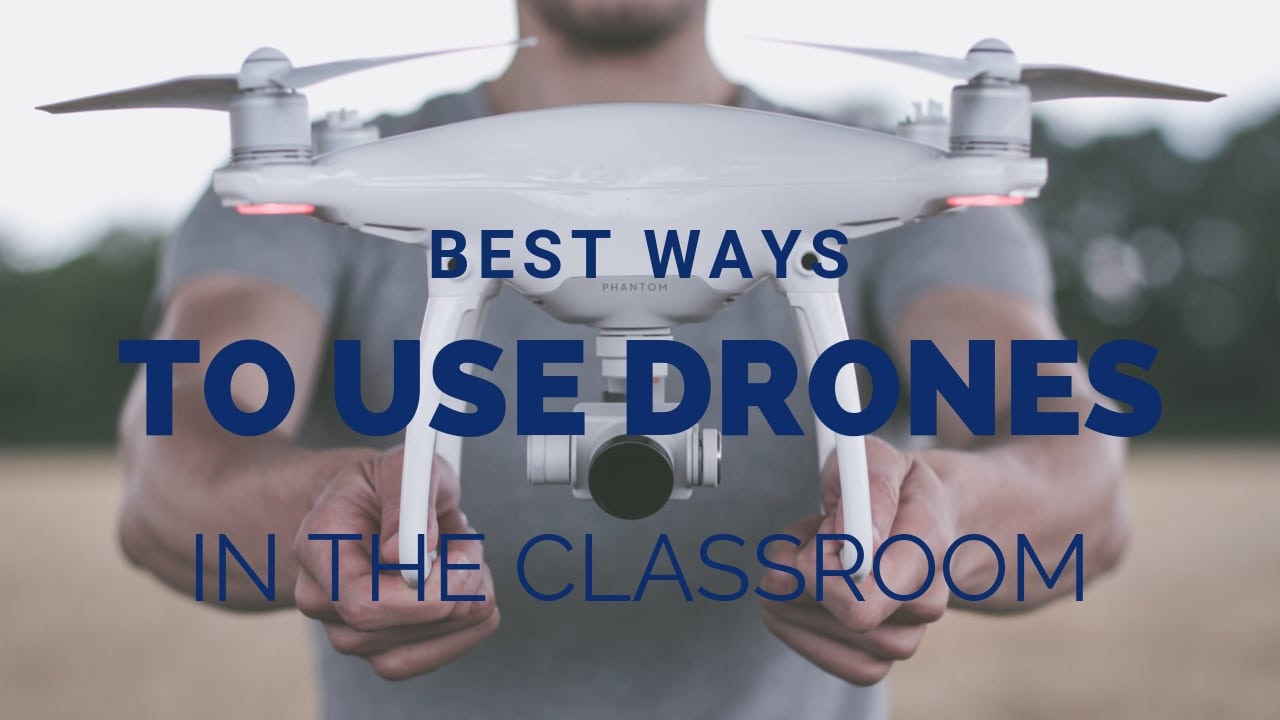
It’s not so long ago that owning a drone would have been a pure fantasy, a drone was a multi-million-dollar military project and not a classroom tool. Now, drones can be incredibly cheap and that means that future educators ought to be considering how they can use them in education.
Children who learn to use drones are going to be better prepared for the job market, where drone use is going to become ever more common and they can get some unique insights into the world around them at the same time.
Here are some awesome ways that you can put drones into your classroom practice:
The biggest joy of drones is that if you pair them up with a camera, there’s nowhere that you can’t see. That means you can send a drone somewhere that your kids can’t get a perspective on for themselves and then they can work on describing that place or even working it into a story.
You can also make the familiar become unfamiliar with a drone. Send it around the school, collect images from angles that means your kids won’t recognize them at a glance. Then play a guessing game to determine what each image is. It’s a ton of fun.
You probably don’t want to use an expensive camera drone for this, but you can buy cheap quadcopter style drones for as little as $30. Then you can put the children in the driving seat and let them take on a few flights of their own.
As they master the controls, they’ll be honing their own motor skills and working on their hand-eye coordination. It’s not hard to fly a drone but it does take some skill. These are skills that will come in useful in everyday life too, learning to drive, for example, requires similar skills.
Physics lessons can really benefit from the use of drones. You can teach the actions of gravity, wind-resistance and its impact on a drone and even speed/velocity problems can benefit from some airborne practical lessons.
Of course, there’s also the opportunity to study optics and photography too from a technical perspective. Drones open up a whole new world for teachers and students in the science classroom.
Using a drone may not be very physical but when children are playing sports, you can use a drone to keep an eye on the way that they interact with each other and play the game.
This gives you video and photography footage you can use to improve your coaching regime. It’s sometimes hard to understand the “why” of something without context, drones allow you to give context to your physical education lessons.
For younger children, you can always help them master a drone and have some fun by using a drone as a the “finder” in a game of hide and seek! We’ve never met a child that wouldn’t enjoy this game a few times.
It’s also possible that drone recording might motivate players to do their best.
Australia has strict drone usage laws. It is important that:
Conclusion
Thanks to their amazing accessibility the drone can be a formidable educational tool. It won’t break the school budget to invest in drones and you will get a huge amount of mileage out of them in return.
We’ve barely scratched the surface of drone applications in learning here and you can already see how English, Arts, Physics, Physical Education, etc. can get a boost from the use of drones. There’s so much more to be discovered. All you need is your imagination.